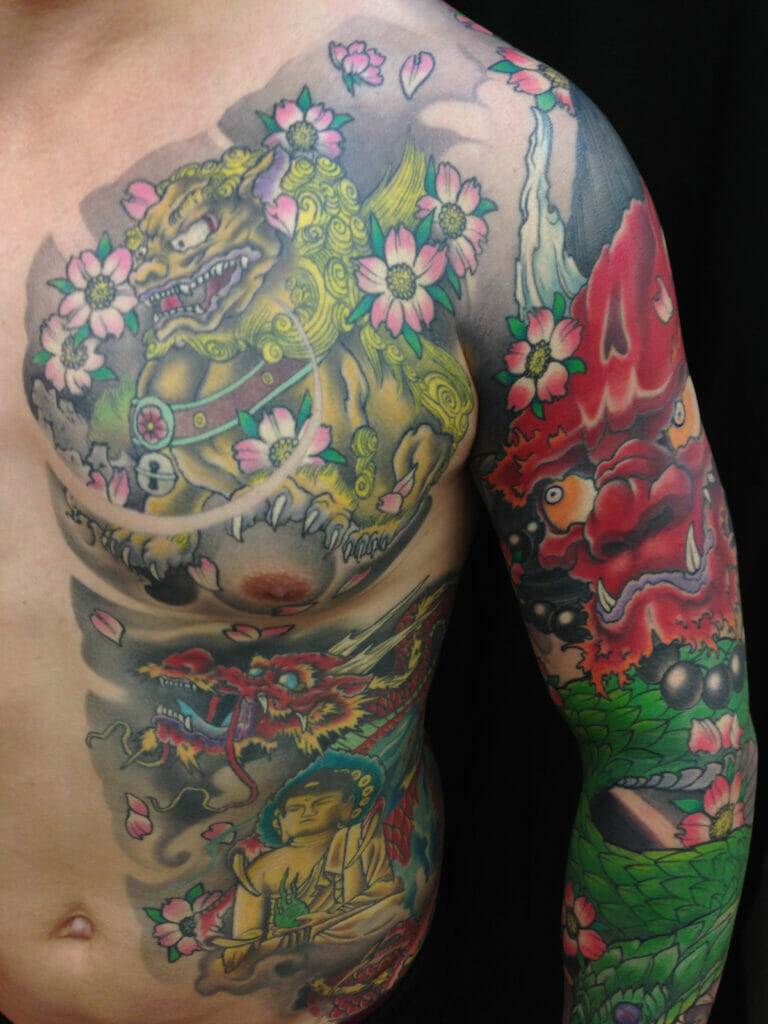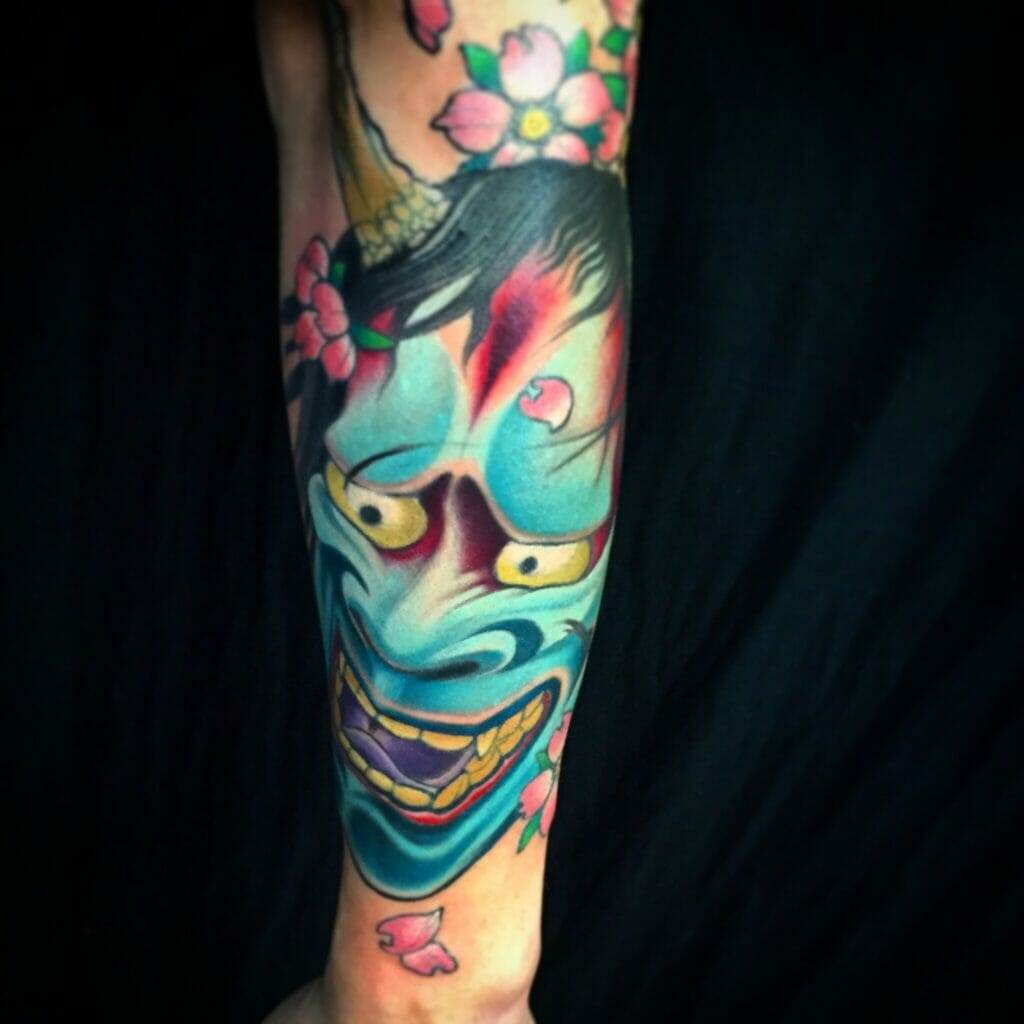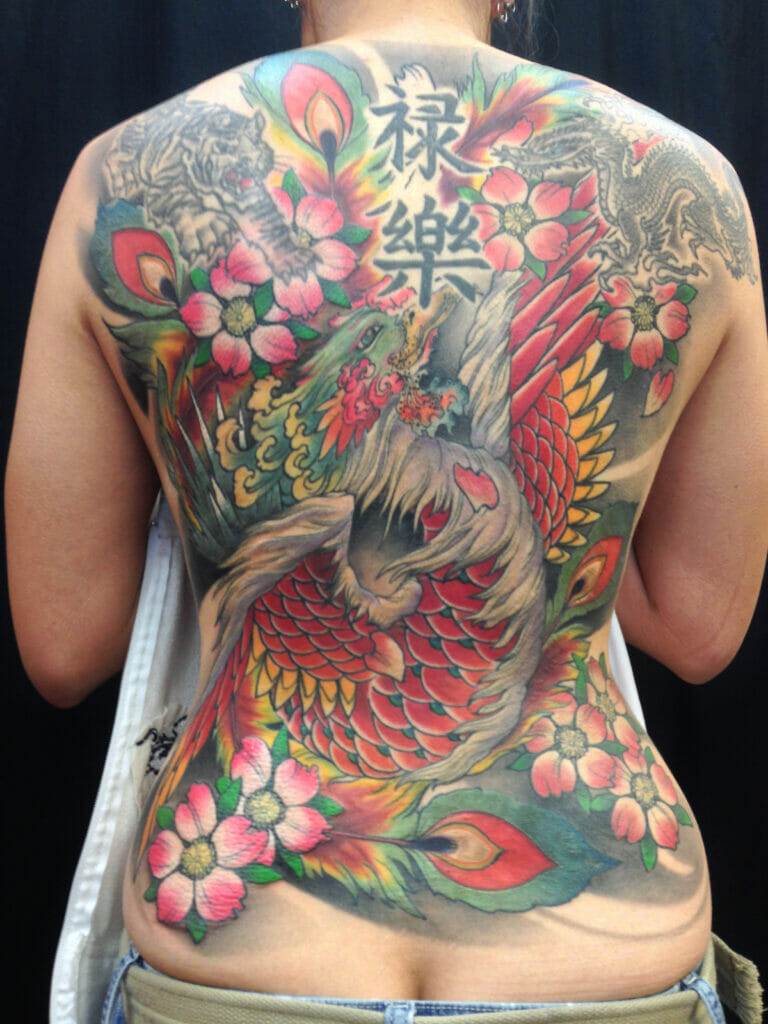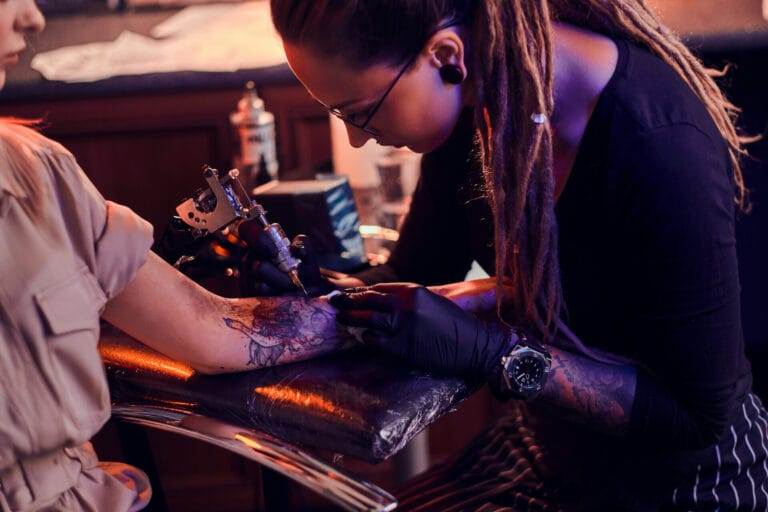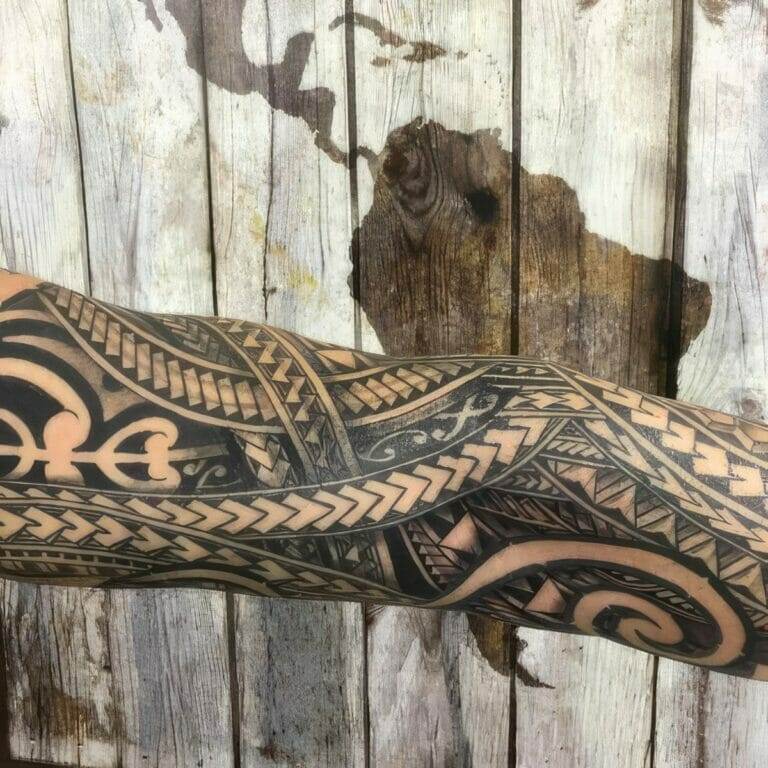
Planning a tattoo design is an essential step in the process of getting inked. Tattoos are permanent, and therefore, it is crucial to carefully consider and plan the design before making a lifelong commitment. Taking the time to plan your tattoo design ensures that you will be satisfied with the final result and helps you avoid any potential regrets. In this article, we will explore the importance of planning a tattoo design, understanding the art of tattooing, choosing the right tattoo artist, fine-tuning your design, considering placement, incorporating meaningful symbols and imagery, balancing size and detail, considering skin tone, maintaining your tattoo’s quality over time, and embracing the unique qualities of your design.
The Importance of Planning Your Tattoo Design
Planning your tattoo design is crucial for several reasons. First and foremost, it allows you to carefully consider what you want to get inked on your body. Tattoos are a form of self-expression and can hold deep personal meaning. By planning your design, you can ensure that it accurately represents who you are and what you want to convey.
Additionally, planning your tattoo design helps you avoid any potential regrets. Tattoos are permanent, and while there are options for removal or cover-ups, they can be costly and may not always yield satisfactory results. By taking the time to plan your design, you can minimize the chances of regretting your decision later on.
Furthermore, planning your tattoo design ensures that you will be satisfied with the final result. It allows you to visualize how the tattoo will look on your body and make any necessary adjustments before getting inked. This way, you can work with your tattoo artist to create a design that meets your expectations and brings your vision to life.
Understanding the Art of Tattooing
Before diving into the process of planning a tattoo design, it is important to have a basic understanding of the art of tattooing. Tattooing involves injecting ink into the dermis layer of the skin using a needle. The process can be painful, and it is essential to find a skilled and experienced tattoo artist who can ensure a safe and professional experience.
Tattoo artists use various techniques to create different effects and styles. These techniques include shading, linework, dotwork, and color blending. Each technique requires precision and skill to achieve the desired result. It is crucial to find a tattoo artist who specializes in the style you are looking for and has a portfolio that showcases their expertise in that particular style.
Fine-Tuning Your Tattoo Design: Why It Matters
Fine-tuning your tattoo design is an important step in the planning process. It allows you to make adjustments and ensure that the final design meets your expectations. Here are some reasons why fine-tuning your tattoo design matters:
1. Visualizing the final result: Fine-tuning your design allows you to visualize how the tattoo will look on your body. This can help you make decisions about size, placement, and color.
2. Making adjustments: Fine-tuning your design gives you the opportunity to make any necessary adjustments before getting inked. This could include changing the size, adding or removing elements, or adjusting the placement.
3. Collaboration with your tattoo artist: Fine-tuning your design involves collaborating with your tattoo artist. They can provide valuable input and suggestions based on their expertise and experience. Working together, you can create a design that is unique and tailored to your preferences.
By fine-tuning your tattoo design, you can ensure that the final result is exactly what you envisioned and avoid any potential disappointments.
The Significance of Placement
The placement of a tattoo is just as important as the design itself. The right placement can enhance the overall aesthetic and meaning of the tattoo. Here are some tips to help you choose the right placement for your tattoo:
1. Consider visibility: Think about whether you want your tattoo to be visible or easily concealable. If you work in a professional setting where visible tattoos may not be accepted, consider choosing a placement that can be easily covered by clothing.
2. Consider body contours: Different parts of the body have different contours, which can affect how a tattoo looks. Consider how the design will flow with the natural curves and lines of your body.
3. Think about pain tolerance: Some areas of the body are more sensitive than others and may be more painful to get tattooed. Take into consideration your pain tolerance when choosing the placement of your tattoo.
4. Consider future changes: Keep in mind that your body may change over time, such as through weight gain or loss, pregnancy, or aging. Choose a placement that will still look aesthetically pleasing even if your body changes.
By carefully considering the placement of your tattoo, you can ensure that it enhances the overall aesthetic and meaning of the design.
The Role of Color in Tattoo Design
Color plays a significant role in tattoo design. It can enhance the overall aesthetic and meaning of the tattoo. Here are some things to consider when it comes to color in tattoo design:
1. Symbolism: Different colors have different meanings and symbolism. For example, red is often associated with passion and love, while blue is associated with calmness and tranquility. Consider the symbolism behind different colors and choose ones that align with the meaning you want to convey.
2. Skin tone: Your skin tone can affect how colors appear on your skin. Darker skin tones may require bolder and brighter colors to stand out, while lighter skin tones may allow for more subtle shades. Consider your skin tone when choosing colors for your tattoo design.
3. Color combinations: Consider how different colors will work together in your design. Some colors complement each other well, while others may clash or create an undesirable effect. Experiment with different color combinations to find the one that best suits your design.
By carefully considering color in your tattoo design, you can create a visually appealing and meaningful tattoo.

Incorporating Meaningful Symbols and Imagery
Incorporating meaningful symbols and imagery in your tattoo design adds depth and personal significance to the artwork. Here are some popular symbols and their meanings:
1. Lotus flower: The lotus flower is often associated with purity, enlightenment, and rebirth. It is a popular symbol in Eastern cultures and can represent spiritual growth and transformation.
2. Tree of life: The tree of life is a symbol of interconnectedness and the cycle of life. It represents strength, wisdom, and growth.
3. Feather: Feathers are often associated with freedom, spirituality, and protection. They can symbolize a connection to nature or a desire for personal growth.
4. Anchor: An anchor is a symbol of stability, strength, and grounding. It can represent a sense of security or a reminder to stay grounded in challenging times.
When choosing symbols and imagery for your tattoo design, consider their personal significance and how they align with your values and beliefs.
Balancing Size and Detail in Your Tattoo
Balancing size and detail is crucial when designing a tattoo. The size of the tattoo determines how much detail can be included without compromising the overall aesthetic. Here are some tips to help you achieve the right balance:
1. Consider placement: The placement of the tattoo can affect the size and level of detail that can be included. Smaller areas may require simpler designs, while larger areas allow for more intricate details.
2. Prioritize key elements: Identify the key elements of your design that hold the most meaning or significance. Focus on ensuring that these elements are clear and well-defined, even if it means sacrificing some smaller details.
3. Consult with your tattoo artist: Your tattoo artist can provide valuable input on how to achieve the right balance between size and detail. They have experience in translating designs onto the skin and can offer suggestions on what will work best for your chosen placement.
By finding the right balance between size and detail, you can create a visually appealing tattoo that accurately represents your design.
The Impact of Skin Tone on Tattoo Design
Skin tone plays a significant role in tattoo design. Different colors may appear differently on different skin tones, so it is important to consider this when choosing colors for your tattoo. Here are some tips to help you choose the right colors for your skin tone:
1. Dark skin tones: Darker skin tones may require bolder and brighter colors to stand out. Consider using vibrant colors such as red, yellow, or orange to ensure that the tattoo is visible and vibrant.
2. Light skin tones: Lighter skin tones allow for more subtle shades and pastel colors. Consider using softer colors such as light blue, pink, or lavender to create a delicate and ethereal look.
3. Neutral skin tones: Neutral skin tones can generally accommodate a wide range of colors. Consider your personal preferences and the overall aesthetic you want to achieve when choosing colors for your tattoo.
It is also important to consult with your tattoo artist, as they have experience working with different skin tones and can provide guidance on color choices.
Maintaining Your Tattoo’s Quality Over Time
Maintaining your tattoo’s quality over time is essential to ensure its longevity and visual appeal. Here are some tips to help you care for your tattoo:
1. Follow aftercare instructions: Your tattoo artist will provide you with specific aftercare instructions that you should follow diligently. This may include keeping the tattoo clean, avoiding direct sunlight, and applying moisturizer regularly.
2. Protect from the sun: Exposure to the sun can fade and damage tattoos over time. Apply sunscreen with a high SPF to protect your tattoo from harmful UV rays.
3. Avoid excessive scratching or picking: Itching is a common side effect of getting a tattoo, but it is important to avoid scratching or picking at the tattoo. This can cause scarring or damage to the design.
4. Moisturize regularly: Keeping your tattoo moisturized helps maintain its vibrancy and prevents dryness or cracking. Use a fragrance-free lotion or ointment recommended by your tattoo artist.
By following these tips, you can ensure that your tattoo remains vibrant and visually appealing for years to come.

Embracing the Unique Qualities of Your Tattoo Design
Each tattoo design is unique and holds personal meaning for the individual getting inked. It is important to embrace the unique qualities of your tattoo design and appreciate its individuality. Here are some reasons why embracing the uniqueness of your tattoo design is significant:
1. Personal meaning: Your tattoo design holds personal meaning and significance to you. Embracing its uniqueness allows you to fully appreciate the personal connection and story behind the design.
2. Individuality: Your tattoo design is a reflection of your individuality and self-expression. Embracing its uniqueness allows you to celebrate your own identity and stand out from the crowd.
3. Artistic expression: Tattoos are a form of art, and each design is a unique expression of creativity. Embracing the uniqueness of your tattoo design allows you to appreciate it as a work of art and honor the artistic process.
By embracing the unique qualities of your tattoo design, you can fully appreciate its personal significance and artistic value.
Planning a tattoo design is an important step in the process of getting inked. It allows you to carefully consider your design, avoid regrets, and ensure satisfaction with the final result. Understanding the art of tattooing, choosing the right tattoo artist, fine-tuning your design, considering placement, incorporating meaningful symbols and imagery, balancing size and detail, considering skin tone, maintaining your tattoo’s quality over time, and embracing the unique qualities of your design are all crucial aspects of planning a tattoo.
Take your time, do thorough research, and make informed decisions when it comes to planning your tattoo design. Remember that tattoos are permanent, so it is essential to choose a design that holds personal meaning and represents who you are. By following these guidelines, you can create a tattoo that you will be proud to wear for a lifetime.

